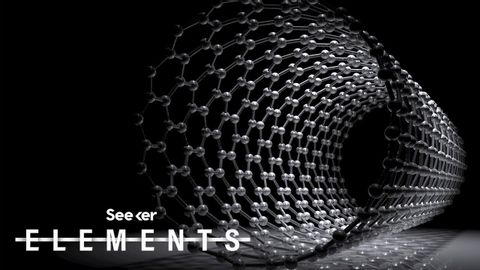碳納米管可能是太陽能一直在尋找的祕密助力。 (Carbon Nanotubes Might Be the Secret Boost Solar Energy Has Been Looking For)
 沒有此條件下的單字
沒有此條件下的單字US /ɪnˈkrɛdəbəl/
・
UK /ɪnˈkredəbl/
- adj.難以置信;偉大的;令人難以置信的;難以置信的
US /məˈtɪriəl/
・
UK /məˈtɪəriəl/
- n. (c./u.)布料;素材;資料;材料;物質
- adj.重要的;物質的
US /ˈɪnfrəˌstrʌktʃɚ/
・
UK /'ɪnfrəstrʌktʃə(r)/
- n. (u.)基礎設施 ; 基礎結構;組織架構;電腦基礎設施
US /pəˈtɛnʃəlɪ/
・
UK /pə'tenʃəlɪ/

